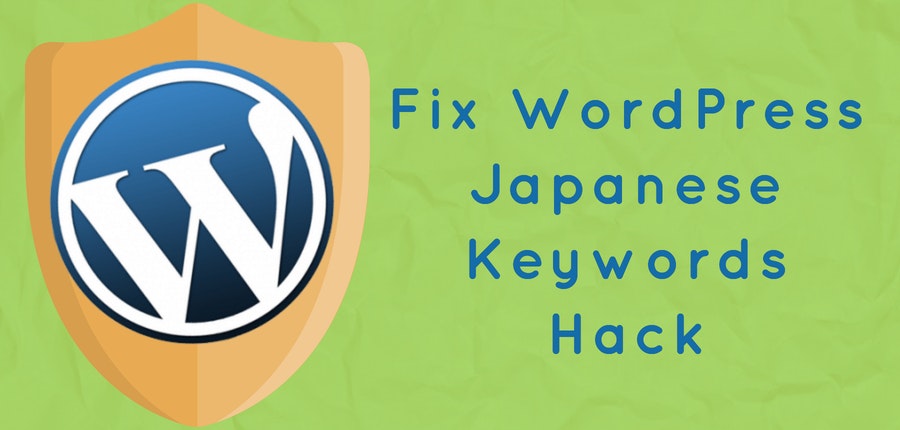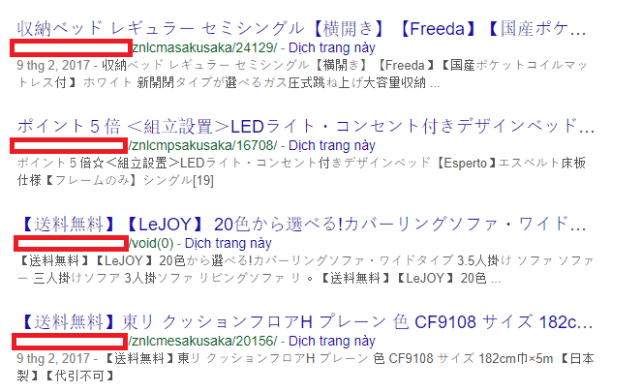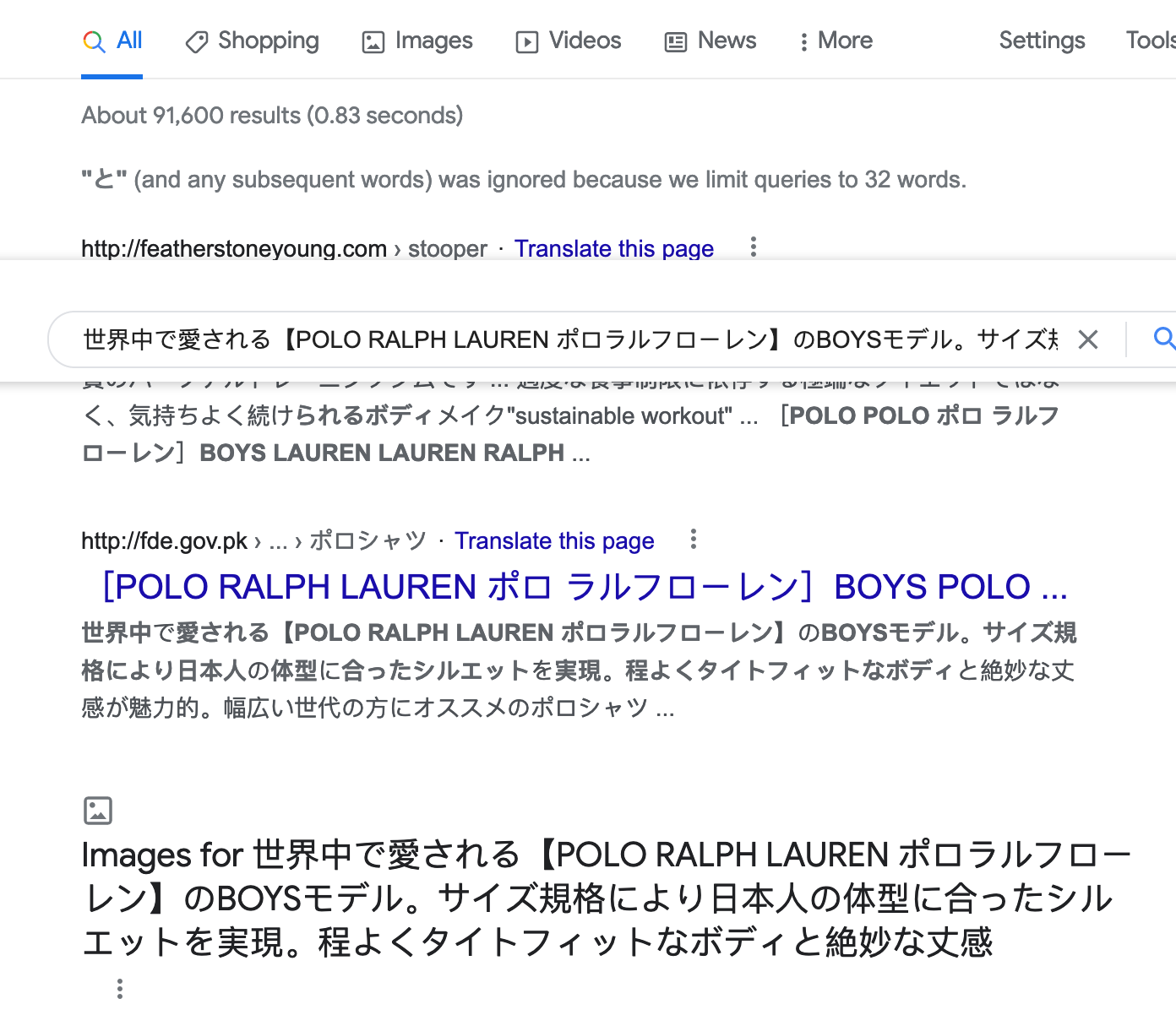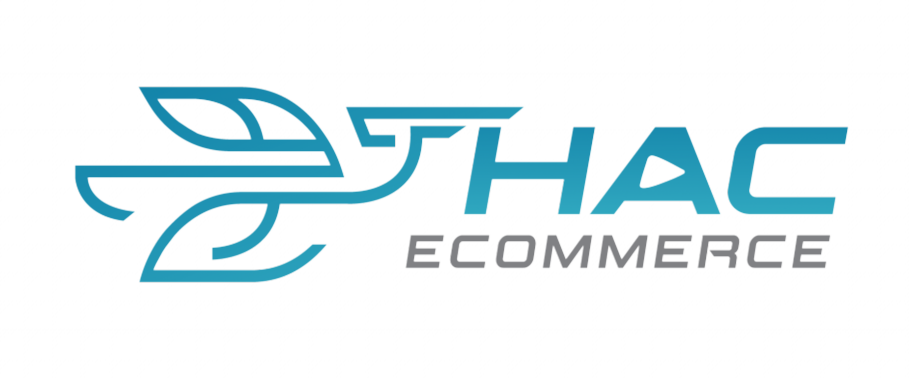Website Indexed in Japanese: Causes and Quick Fixes. In building and developing a website, encountering an issue where your website gets indexed in an unfamiliar language like Japanese is common. This problem is not only frustrating for users but also deals a significant blow to your SEO efforts. So, what causes this “foreign language takeover,” and how can you effectively resolve it? Let Hacecommerce help you uncover the mysteries behind this issue.

Causes of a Website Being Indexed in Japanese
1. Website Hacked
This is the most common cause. Hackers exploit security vulnerabilities to insert malicious code, create fake Japanese pages, or modify existing content.
2. Incorrect Language Configuration
Suppose your website does not explicitly define its language (e.g., using <html lang= “en”> for English). Search engines might default to another language, such as Japanese if your website contains elements related to Japan.
3. Using Plugins or Themes with Default Japanese Settings
If you are using a theme or plugin from an unverified source, it might be configured to support Japanese by default. This can cause your pages to be displayed or indexed in Japanese without your knowledge.
4. Presence of Unverified Content
Hackers may inject your site with hidden Japanese content. They can also infect existing pages with malware, making them appear in Japanese without your awareness.
5. Poorly Optimized International SEO
A simple mistake in using the hreflang tag can cause your multilingual website to be misidentified by Google, displaying it as a Japanese version and damaging your international SEO efforts.
6. Issues with Automatic Translation Services
Machine translation is not always accurate. Sometimes, translation errors can mislead search engines into recognizing the wrong language for your website.
How to Fix a Website Indexed in Japanese
1. Update Administrative Credentials
Immediately change all passwords for your website, hosting, database, and other related accounts. Weak and predictable passwords make it easier for hackers to infiltrate. Use a combination of letters, numbers, and special characters to make passwords more secure.
2. Correct the Language Tag
Ensure that each page of your website has the correct language tag (<html lang= “en”> for English or another appropriate language). This helps search engines correctly understand your website’s language and prevents misinterpretation.
3. Check and Update Plugins and Themes
Think of your website as a house built with different “building blocks” (plugins and themes). Ensure all these “blocks” are correctly configured, and none have “default Japanese settings.” Pay special attention to language and SEO-related plugins.
4. Audit Website Content
Even a tiny loophole (such as copied content or Japanese keywords) can lead to your website being misidentified and indexed incorrectly. Review all content carefully and remove any suspicious elements.
5. Clear Cache and Resubmit to Search Engines
After implementing the fixes, update search engines accordingly. Use Google Search Console to resubmit URLs of affected pages or those with indexing errors. This will help Google quickly and accurately update your website’s language information.
6. Verify Automatic Translation Tools
If you use an automatic translation service, ensure it does not confuse language. Disable auto-translation or ensure translations are accurate to avoid indexing issues.


Final Thoughts
Don’t let a Japanese-indexed website discourage you. Follow these steps confidently, and you will see results soon. Configure settings, utilize Hreflang, check plugins and themes, and carefully manage content. Take action now to strengthen your website’s performance!
If you encounter this issue, be patient and follow the necessary corrective steps to ensure your website operates efficiently and aligns with your SEO goals.
Additionally, Hac Ecommerce offers a range of comprehensive services designed to support and empower businesses operating in the POD (Print on Demand) industry. These services include fulfillment solutions, payment account rentals, and design cloning, all of which are tailored to meet the unique needs of entrepreneurs in this niche.

